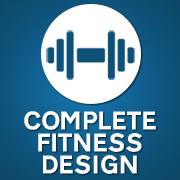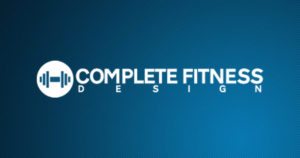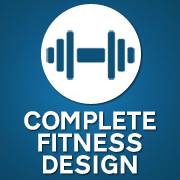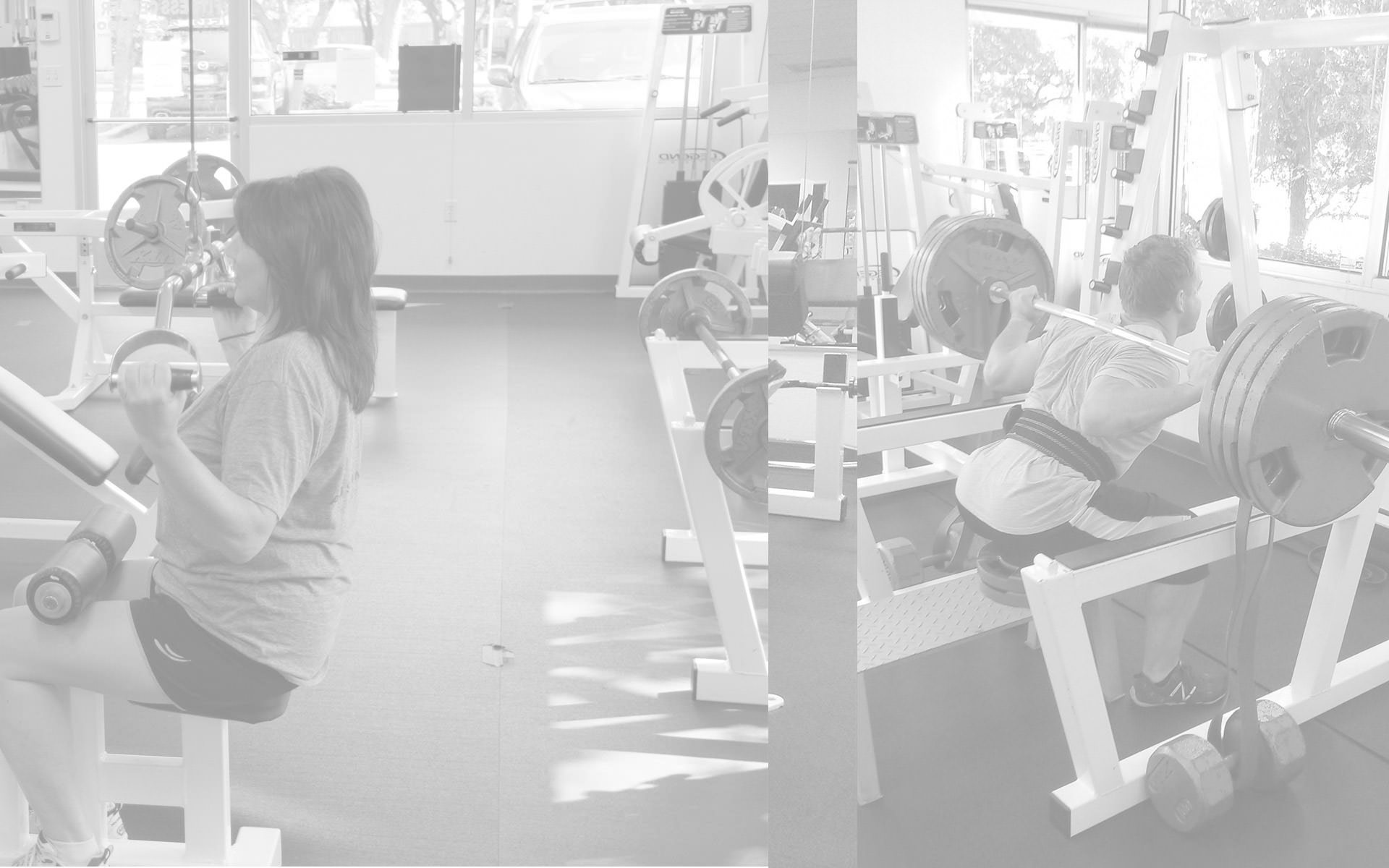Lacrosse Balls For Wellness
When you’ve been a personal trainer in Austin as long as I have, you will run across a great many imbalances within people’s physiques. Some are glaringly obvious, while others can be less so. Part of what I do as a trainer, is to do the corrective bodywork myself. I’ve done it for almost as long as I’ve been a personal trainer, which is around 23 years now. One thing virtually everyone has in common are imbalances. Few of us are perfect specimens. What kind of bodywork you require will depend upon the severity of your imbalance(s). Some people assume the position, so to speak, automatically on the table every week, as they have repetitive stress conditions from work. Others rarely, if ever see the table. Regardless of which group you fall into, there’s more often than not assigned homework for each client involving flexibility training. This is when the lacrosse balls for flexibility come into play.
Some imbalances are very obvious. For example, if a lady comes in for her free personal training consultation and it’s obvious that her left shoulder is higher than the right, we immediately look for the usual suspect of the levator scapulae. Of course, we go into much greater detail before we do any corrective flexibility work, as that is just the jumping off point. We naturally get their full medical history, as well as ascertain what else is tight, loose, weak, or otherwise imbalanced. That scenario is pretty basic. An example of something not so obvious and basic would be a slight postural distortion wherein the client’s gate is slightly askew and you can trace it back to a hip flexor, or even a disease such as ankylosing spondylitis, for example. This requires quite a bit more experience and knowledge from the trainer, and frankly that’s the niche that I’ve created over the past 23 years. What do these 2 common scenarios have in common? They both will be using lacrosse balls for flexibility.
How To Use Lacrosse Balls For Flexibility Training
How to use lacrosse balls for flexibility and wellness depends greatly upon what ails you. Let’s assume for the sake of simplicity, that you have a tight infraspinatus muscle and you feel a tingling sensation in your hand as a result of it being so tight that it has impinged the radial nerve. A scenario like this one would require more than just a lacrosse ball, but some corrective bodywork preemptively. After me working through the aforementioned affected muscle, as well as the trapezius, levator scapulae, rear deltoid, etc, etc, the client will be sent home with lacrosse balls for flexibility homework. What this entails is oftentimes counter intuitive to most people. It involves laying on a firm surface, such as a floor with a yoga mat, etc, and placing the lacrosse ball directly under the area that is problematic. The next part is the toughest for most folks. This is when you feel pain from the pressure of the ball pressing into the fascia. Our instincts tell us to stop whenever something hurts. In this case, it’s the exact opposite. If you are laying on an area that doesn’t hurt, (excluding bones and joints, of course) you’re wasting your time. It is basically a home massage that doesn’t get anywhere as intense as myofascial release from me or any other practitioner. When the discomfort subsides, move the ball to another nearby spot that doesn’t feel so great to press on, and hold it there until it too releases. You’ll know when it releases since as soon as the fascia does, it allows the muscle to return to it’s proper elongated state and the pressure is no longer uncomfortable.
How Often Should I Use Lacrosse Balls?
The frequency one should employ lacrosse balls for flexibility training depends upon several factors. These include the severity of the imbalance as well as how often you see someone to get it worked on. If you saw me Tuesday, for example, you don’t want to use the lacrosse balls in that region for a couple of days. You’ll want to give the tissue time to heal nicely and the soreness to abate. Some people who have only very minor imbalances, however, can avoid seeing a practitioner altogether, and just use the lacrosse balls with satisfactory results.
Ready to Get Started?

Andy

Latest posts by Andy (see all)
- Workout Motivation: How To Get Motivated To Work Out - March 9, 2022
- Body Fat Types: Subcutaneous and Visceral Fats - June 1, 2019
- Why Diets Work If You Stick With Them - April 1, 2019






